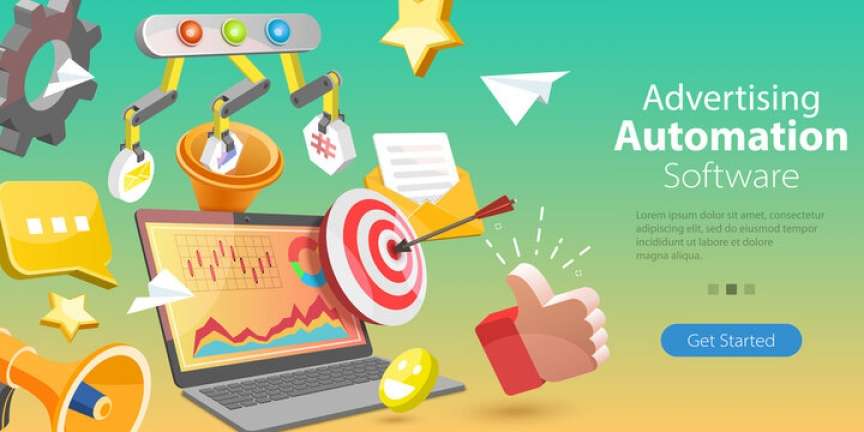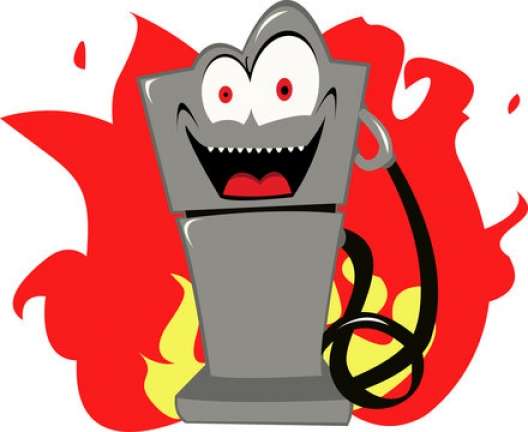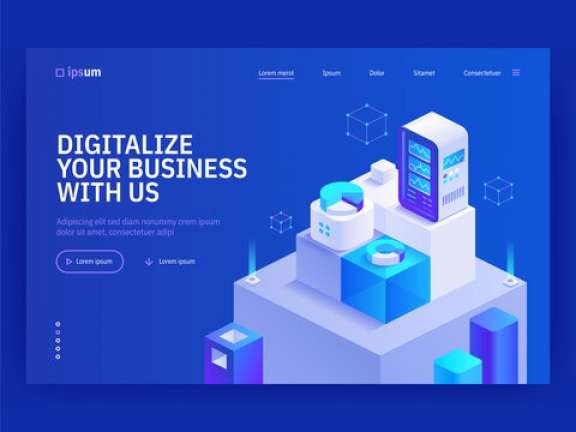You’ve got your website up and running, and it’s a beauty. Congratulations!
You’ve even been learning about how to generate more traffic for your website – all those SEO best practices and so forth.
But in order to take advantage of the traffic, you need to consider how to optimize your website for better conversions as well. After all, eyeballs are good, but wallets are better.
Improving conversions on your site can be done by understanding what your visitors want and delivering it in the easiest and fastest way possible.
Improving Conversion Rate
Your conversion rate is the percentage of visitors to your site who take a specific action while on your page. You might want them to fill out a form, schedule a phone call, or make a purchase.
If you’re getting plenty of traffic but visitors aren’t converting, it’s time for you to take action. How well you convert traffic is a function of how well your website works, the relevancy of incoming traffic, and understanding your users.
You want to keep executing online traffic tips that are working for you because traffic is important. The average conversion rate across all industries is less than 2.5 percent.
Let’s take a look at those factors and others to help optimize your pages for conversions.
Optimize for User Experience
When we talk about user experience, we’re looking at whether your site is easy to use or a hair-pulling event. Your visitors need to be able to find what they’re looking for with minimal frustration.
What they find needs to be what they want and expect.
Get Ready for Mobile
Time to check your site to ensure it’s playing well on smaller mobile screens. Buttons that are too close together, oversized images that take forever to load, and long pages to scroll can all work against you.
It’s an important place to look for ways to optimize. Sixty percent of consumers use mobile to make purchase decisions, and mobile shoppers convert 160 percent more often on mobile-optimized sites.
Keep it Clean and Simple
Keeping your landing pages clear of clutter means it’s much easier for your visitors to focus on the action you want them to take. Look at each element on the page to see if it is critical to get them to convert immediately.
If you’re concerned about having too little on a page, consider adding a search function. People who use internal search tend to convert better as they have a much higher purchase intent. You don’t want them to leave because they couldn’t find the information they wanted.
Pick up Speed
Site speed is a factor you see on any SEO for beginners list because Google is paying attention.
But so are your visitors. Most people will abandon your page if it takes longer than three seconds to load. It doesn’t matter if you have the best content or design.
Optimize for speed so that your pages load and respond quickly on desktop, tablet, and mobile devices alike. Reducing page load time means fewer people want to bounce before the site has even loaded. Quick ways to do this are to reduce image sizes and leverage AMPs.
Optimize Your Content
While the content on your page is (and should be!) unique to your site, there are some consistent elements that have proven themselves as conversion rate optimizers.
Testimonials
Adding reviews and client quotes increases a sense of trust, which in turn can boost conversions.
Why? Almost everyone reads online reviews and – even better – most of them trust them. One review can bump conversions on your landing page by 10 percent.
Clear CTA
If you’ve kept the information on your page streamlined, it should be easy for visitors to find your call-to-action. This is where you’re directing them to fill out that form or contact you immediately.
It seems obvious, but make your CTA obvious. Give it a contrasting color and place it in a spot where page visitors can’t miss it.
Make sure your CTA is clear about what it is you want the user to do and what happens when they do it. Then don’t make it too difficult for them to complete the action.
Optimize for SEO
Search engine optimization is one of the first checklists anyone building a website runs through. After all, it’s in large part about how to rank higher on Google, which is what gets those visitors to your site.
The more traffic you have, the more opportunities to convert them.
As a bonus, better conversions typically mean better metrics such as the amount of time spent on your site and bounce rate, which can help increase Alexa rankings.
SEO also plays a role in conversion by getting you a better quality visitor. If you’re using focused and appropriate keywords, the people who want what you offer are going to be able to find you more easily. The more closely what you have to offer matches what they’re searching for, the better your conversion rate will be.
More on How to Optimize Your Website
Increasing your website conversion rate is a first step toward getting the most out of your marketing dollars and time. The more visitors you have, the more you can convert, and the better the impact on your bottom line.
The tactics here for how to optimize your website are a good starting point to ensure you’re doing everything possible to improve your conversion rates. It’s important to be strategic and methodical as you work through them as some will work better than others for your business.
What’s important for your site’s optimization in the long term is to define your goals and continually improve to meet the needs and expectations of your target audience.
You can check out other posts on this site to learn even more about digital marketing and optimizing your website.














